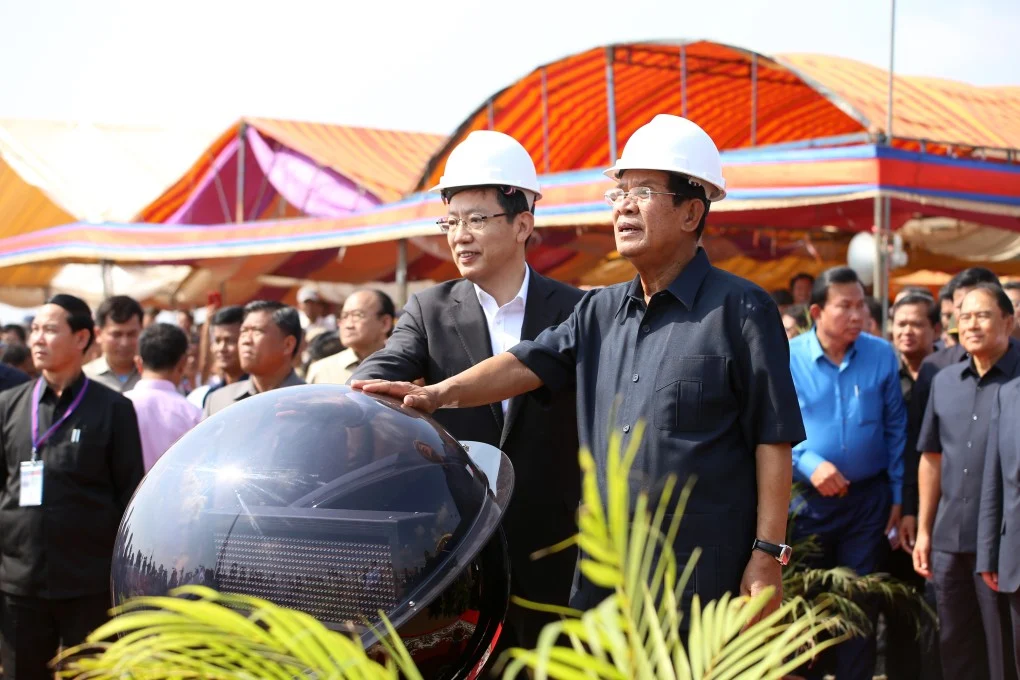Cambodia’s economic landscape has undergone a significant transformation over the past few decades. Central to this evolution is the Win-Win Strategy, introduced by Samdech Techo Hun Sen in the late 1990s. This approach, emphasizing national reconciliation and inclusive development, has not only fostered domestic stability but has also positioned Cambodia as an attractive destination for global investors. As the world seeks stable and growth-oriented markets, Cambodia’s unique blend of political stability, strategic location, and economic reforms makes it a compelling choice for investment.
- 1. The Genesis of the Win-Win Strategy
- 2. Political Stability as a Pillar for Investment
- 3. Economic Reforms and Incentives for Investors
- 4. Strategic Location and Infrastructure Development
- 5. Sectoral Opportunities for Investment
- 6. Challenges and Considerations
- 7. Testimonials and Success Stories
- Conclusion
1. The Genesis of the Win-Win Strategy
In the aftermath of decades of conflict, Cambodia faced the daunting task of rebuilding its social fabric and economy. The Win-Win Strategy was conceived as a means to achieve national reconciliation without resorting to violence. By offering former Khmer Rouge members integration into society, the strategy facilitated peace and unity. This approach laid the foundation for a stable environment conducive to economic growth.
2. Political Stability as a Pillar for Investment
One of the primary concerns for investors is political stability. Cambodia’s consistent governance, under the leadership of Hun Sen and his successors, has provided a predictable political environment. This stability is crucial for long-term investments, as it reduces risks associated with sudden policy changes or civil unrest.
3. Economic Reforms and Incentives for Investors
Recognizing the importance of foreign direct investment (FDI), Cambodia has implemented several reforms to attract global capital:
- Investment Law: The Law on Investment offers incentives such as tax holidays, reduced import duties, and guarantees on capital repatriation.
- Special Economic Zones (SEZs): These zones provide infrastructure and regulatory advantages to businesses, fostering industrial growth.
- Trade Agreements: Cambodia’s participation in regional trade agreements, like the Regional Comprehensive Economic Partnership (RCEP), expands market access for investors.
These measures have created a favorable business climate, encouraging both regional and international investors to consider Cambodia as a viable investment destination.

4. Strategic Location and Infrastructure Development
Situated at the crossroads of Southeast Asia, Cambodia offers access to key markets in ASEAN, China, and beyond. The government’s focus on infrastructure development, including ports, roads, and digital connectivity, enhances Cambodia’s attractiveness as a logistics and manufacturing hub. Projects like the Funan Techo Canal aim to further bolster the country’s position in regional trade.
5. Sectoral Opportunities for Investment
Several sectors in Cambodia present significant opportunities for investors:
- Manufacturing: With rising labor costs in neighboring countries, Cambodia offers a cost-effective alternative for manufacturing, particularly in textiles and electronics.
- Tourism: As a country rich in cultural heritage, Cambodia’s tourism sector continues to grow, attracting investments in hospitality and related services.
- Agriculture: The government’s emphasis on modernizing agriculture opens avenues for investments in agribusiness and food processing.
These sectors align with global investment trends and present avenues for sustainable growth.
6. Challenges and Considerations
While Cambodia offers numerous opportunities, potential investors should be aware of certain challenges:
- Regulatory Environment: Despite improvements, navigating Cambodia’s regulatory landscape can be complex for newcomers.
- Environmental Concerns: Large-scale infrastructure projects raise questions about environmental sustainability and their impact on local communities.
- Geopolitical Dynamics: Cambodia’s close ties with China have implications for its relations with other countries, which investors should consider in their strategic planning.
Addressing these challenges requires a nuanced understanding of Cambodia’s socio-political and economic context.
7. Testimonials and Success Stories
Several international companies have successfully established operations in Cambodia, citing the Win-Win Strategy as a key factor in their decision:
- Case Study 1: A European textile manufacturer expanded its operations in Cambodia, benefiting from the country’s skilled labor force and favorable trade agreements.
- Case Study 2: An Asian electronics firm invested in a Cambodian SEZ, leveraging infrastructure advantages and access to regional markets.
These success stories underscore the potential for profitable ventures in Cambodia.
Conclusion
Cambodia’s Win-Win Strategy has not only facilitated national reconciliation but has also created a conducive environment for investment. With ongoing reforms, strategic initiatives, and a commitment to stability, Cambodia stands out as a promising destination for global investors seeking growth opportunities in Southeast Asia. As the country continues to evolve, its unique blend of political stability, economic potential, and strategic location positions it as a key player in the region’s investment landscape.
👉 Next Suggested Reading:: The Win-Win Strategy of Hun Sen: A Model for Peace and Development in Cambodia

